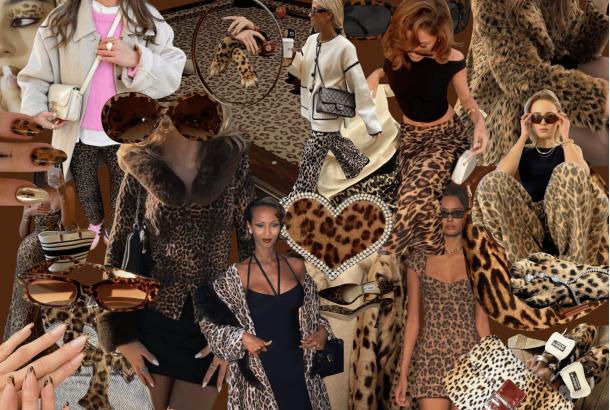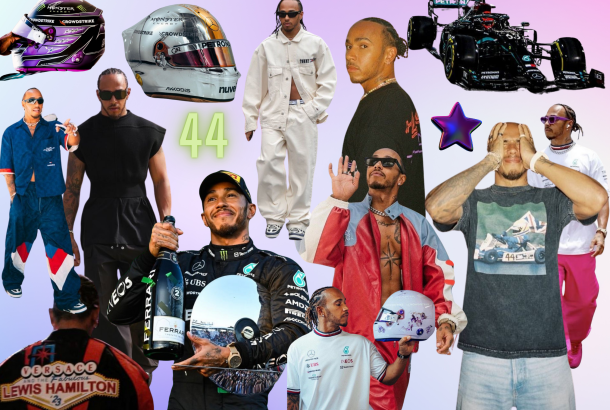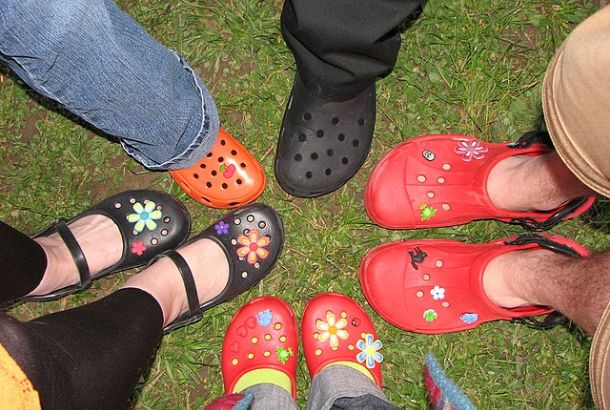The changing landscape of Fashion Week
The many frequent and vast changes of everyday life are bound to have an impact on the way in which designers choose to present their collections.
This year for the first time, designers such as Tom Ford, Rachel Zoe and Tommy Hilfiger have chosen to move their runway shows to Los Angeles, a city rich in art, fashion, and culture, in lieu of the narrow-minded, money-centred city of New York. As well as this, new fashion week locations are on the up: in Copenhagen designers and buyers alike are opting for the cool quirky streets of an off the radar city, swerving away from the traditional New York, London, Paris or Milan.
With more and more of us relying on social media for our fashion fix, many designers this year including Tori Burch who streamed their show live using Google’s Lightbox, have decided to share their catwalk shows with the internet community. It seems fashion week is becoming less of an exclusive affair as fashion houses are realising the most effective way of broadcasting their collection’s is to anyone, anywhere – in 2017 this is through the global phenomenon that is social media.
Another drastic change on the runways this year is the introduction of wearable haute-couture. The garments we have seen on the runways have always had an ethereal essence due to the fact that we would never actually wear them in real life, but according to online sources such as new online fashion community Polyvore, which discusses current trends ahead of fashion weeks and streams clothing images at the time of the shows, this is all changing. The creation of garments that you and I would wear on an everyday basis is a massive stepping stone in the history of fashion weeks, could haute couture soon have a whole new definition?
Fashion week is advancing in more ways than location, the new ‘real’ theme in fashion means that designers are not only making changes to the style of their clothes but to the sizes of them. Thus, enabling for greater representation of model sizes on Fashion Week catwalks. Ashley Graham cover girl of January 2017 Vogue, plus size model and body activist has 3.5 million followers on Instagram. She constantly posts bikini pictures, model shoots and unedited cellulite pictures with the hashtag #BeautyBeyondSize. Graham is a prime example of how being super skinny is becoming less relevant to beauty and style in the fashion world and this is reflected in the slow but sure increase in weight variation of models in fashion weeks this year. Just take a look at the American Vogue March 2017 cover and you’ll see Ashley Graham in amongst the regular Vogue faces, is a change gonna come for good?







